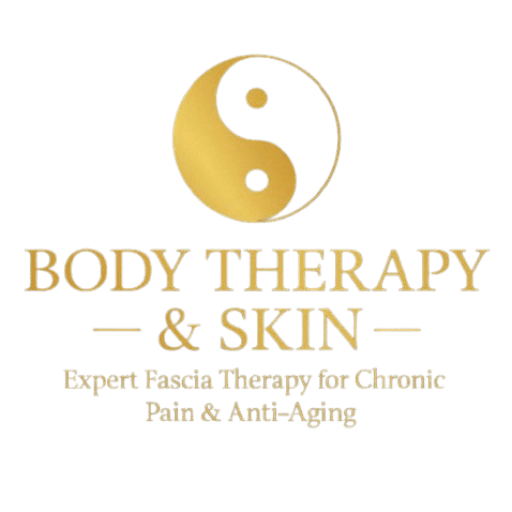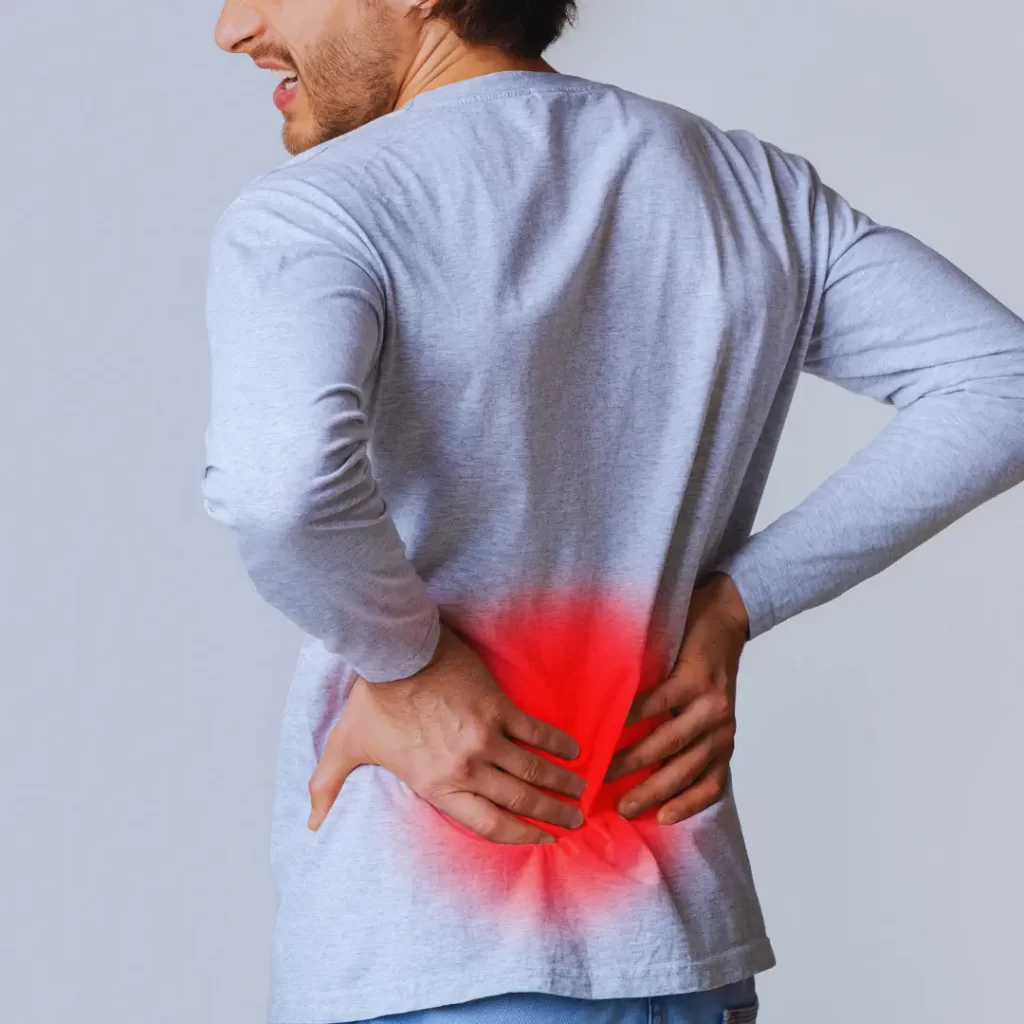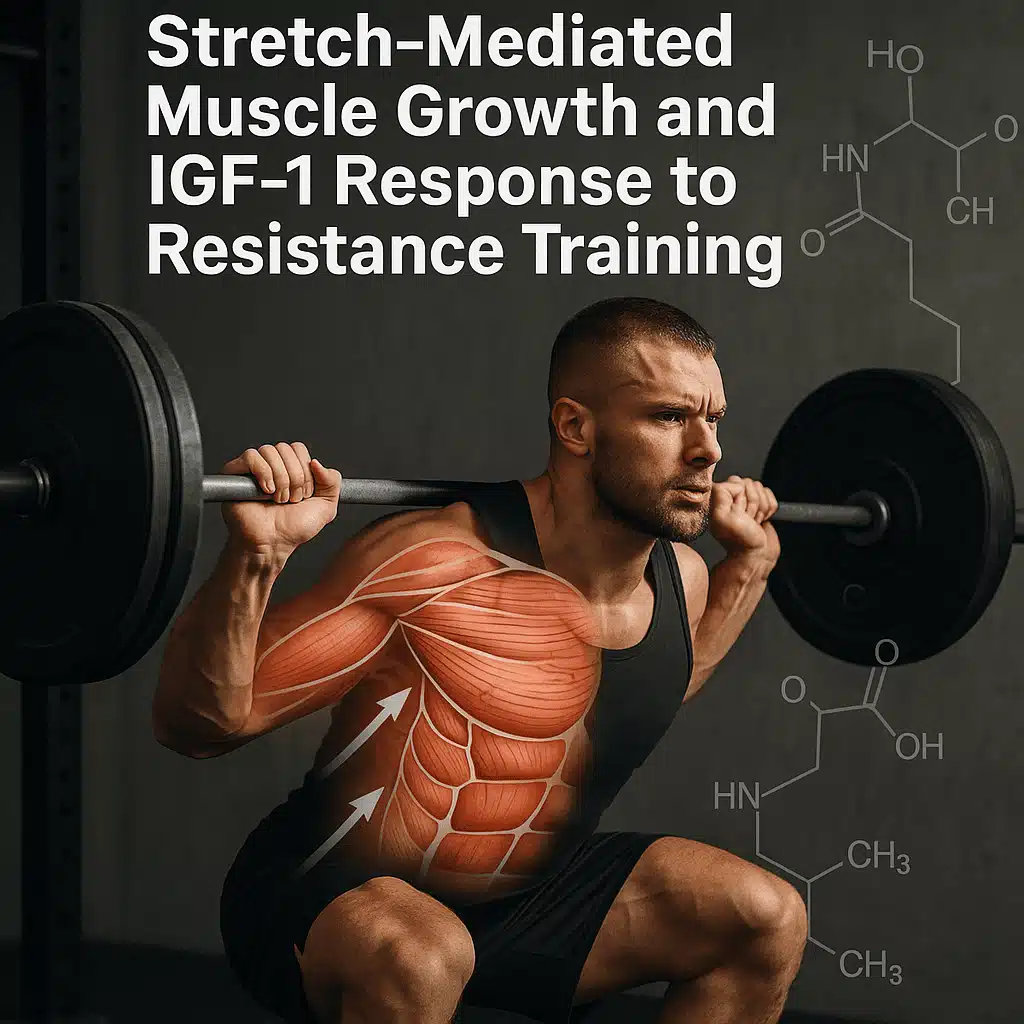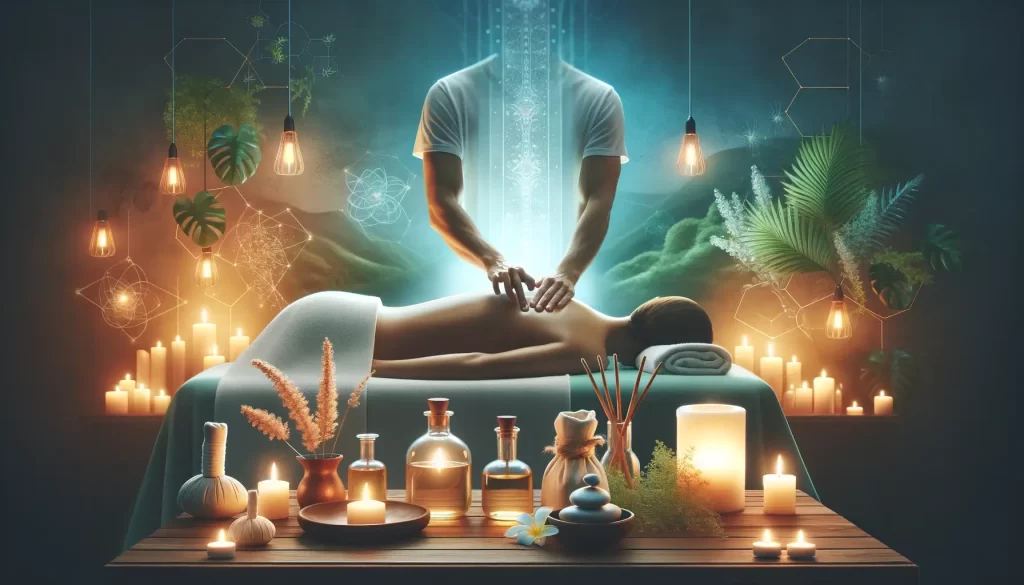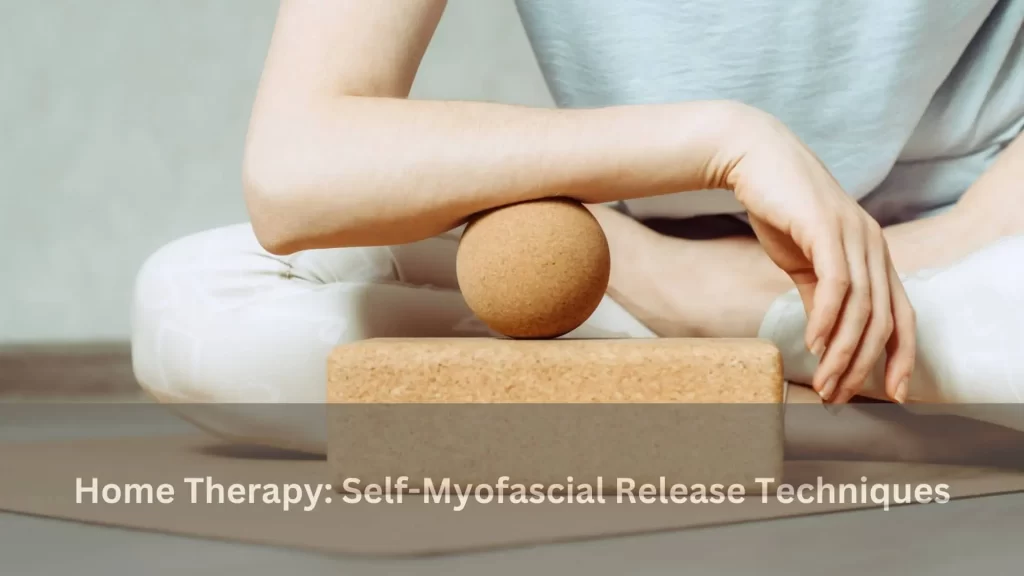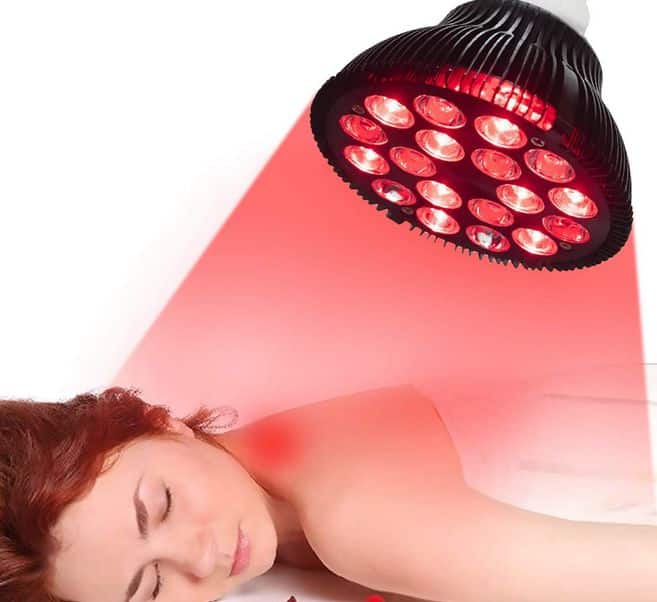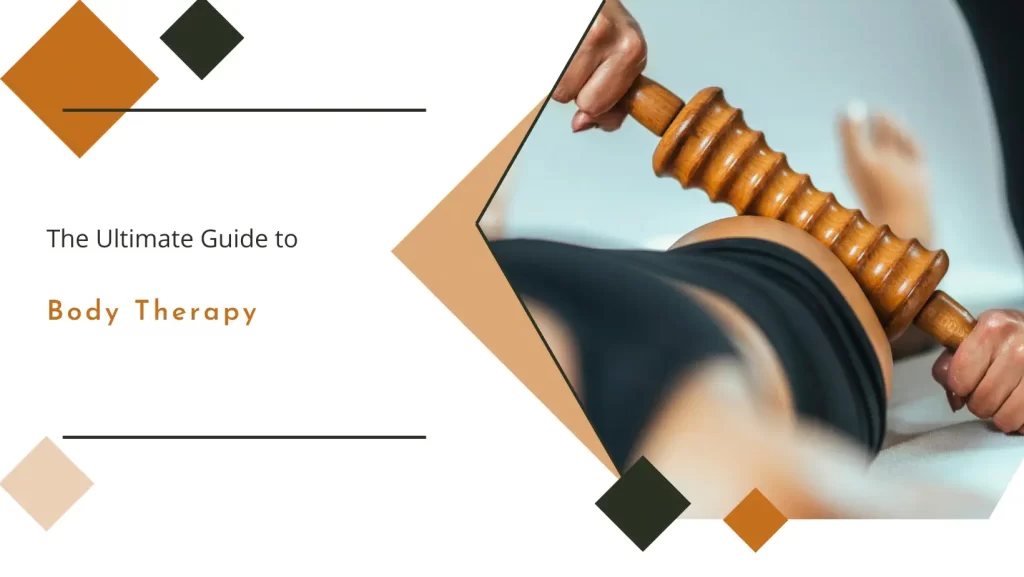The Science Behind the Connection Between Your Jaw and Pelvis
Many individuals with chronic pain in the pelvis, lower back, or hips may not be aware that the root cause can often be traced back to an issue in the jaw. The relationship between the temporomandibular joint (TMJ) and the pelvis is complex and fascinating, and understanding it can offer valuable insight into treatment options for various types of pain. This article explores the scientific mechanisms behind how tension in the jaw can lead to issues in the pelvis and provides a comprehensive look at why this connection exists. Embryological Origins: How the Jaw and Pelvis Are Connected The first clue to understanding the jaw-pelvis connection lies in our early development in the womb. During embryogenesis, the jaw and pelvis both originate from the same tissue — specifically, mesodermal tissue. This early shared origin helps explain why issues in one area can sometimes affect the other. The connection doesn’t end with embryonic development; it persists throughout life in the form of shared anatomical and biomechanical patterns. These patterns can influence how our body moves and how pain manifests. Since both the jaw and pelvis share a similar developmental path, they maintain a functional link even in adulthood. This means that dysfunction in one part of the body — particularly in the jaw — can influence the mechanics of the pelvis, causing pain and discomfort. The Fascial Web: A Continuous Path of Tension One of the most significant pathways connecting the jaw and pelvis is the fascial system. Fascia is a connective tissue that forms a continuous web throughout the body. It surrounds muscles, bones, nerves, and organs, helping them move and function properly. This interconnected tissue acts like a network of highways that transmit mechanical tension and stress throughout the body. When you clench your jaw or have an issue with your temporomandibular joint (TMJ), the tension in the jaw doesn’t remain isolated. Instead, the tightness and stress are transmitted through the fascial network. A particular fascial line, known as the “deep front line,” runs from the jaw all the way down through the spine and connects to the pelvis. This is why tightness in the jaw can affect not only the muscles around your head and neck but also the muscles of your lower back, hips, and pelvis. Essentially, a problem that starts in your jaw can cascade down the body, manifesting as pain, stiffness, and tension in the pelvic region. This pathway makes the jaw and pelvis function as parts of an interconnected system, where problems in one area can create symptoms in distant parts of the body. Postural Compensation: How the Body Reacts to Jaw Dysfunction When TMJ dysfunction occurs — whether due to clenching, grinding, or misalignment — it often causes the head to move forward, a phenomenon known as “forward head posture” (FHP). In a healthy posture, the head should be aligned with the shoulders, but in FHP, the head shifts forward by 2-3 inches or more. To maintain balance and prevent falling over, the body compensates for the head shift by adjusting the position of the pelvis. The pelvis tilts backward in response, a motion often referred to as “posterior pelvic tilt.” This compensatory action is the body’s attempt to maintain a neutral center of gravity, but it can lead to significant consequences. The pelvic tilt forces the lower back and sacroiliac (SI) joints to absorb more stress. Over time, this chronic misalignment leads to tightness and pain in the hips, lower back, and even the sacrum. This is why TMJ dysfunction often presents with seemingly unrelated symptoms, like hip pain or sciatic nerve discomfort. The pelvis’s compensation is essential in maintaining balance, but it places undue strain on the body. The Breath-Pain Cycle: How Jaw Clenching Affects Core Stability Jaw clenching doesn’t only affect muscles and joints. It can also interfere with one of the most vital physiological functions — breathing. Normally, breathing involves a deep, diaphragmatic breath where the abdomen rises and falls with each inhalation and exhalation. This breathing pattern engages the diaphragm and supports the pelvic floor muscles, which play a crucial role in core stability. However, when the jaw is clenched, it can restrict the movement of the diaphragm. This results in shallow, chest-based breathing, which not only limits oxygen intake but also weakens the pelvic floor muscles over time. The pelvic floor is essential for stabilizing the core, supporting the organs, and maintaining overall postural alignment. When these muscles become weak, they contribute to instability in the core, affecting the spine, pelvis, and lower limbs. A weakened pelvic floor leads to poor posture and chronic pain. Without proper pelvic floor strength, the core muscles are less effective at maintaining balance, causing the hips, lower back, and pelvis to compensate further. This cycle of poor breathing, weakened pelvic floor, and compensatory movements exacerbates the symptoms, creating a vicious cycle of pain. The Compensation Patterns and Chronic Pain When TMJ dysfunction forces the head forward, it also changes the distribution of forces across the body. The jaw’s position affects the muscles and structures involved in movement, so a misaligned jaw may lead to postural compensation throughout the entire musculoskeletal system. For instance, tightness in the jaw muscles can affect the muscles around the neck, shoulders, and upper back, leading to discomfort and poor posture. To prevent falling over, your pelvis will shift backward as mentioned earlier. But this doesn’t just affect the pelvis — it influences the entire kinetic chain, which includes the spine, hips, and legs. The adjustments needed to compensate for head misalignment can cause pain and tension in the hips, lower back, and knees, often leading to chronic conditions like sciatica or pelvic pain. Chronic discomfort results when the body remains in a state of misalignment for extended periods. The key to managing these pain patterns lies in recognizing and addressing the underlying jaw dysfunction. The jaw doesn’t exist in isolation from the rest of the body; it is part of a dynamic system of interconnected
The Science Behind the Connection Between Your Jaw and Pelvis Read More »
